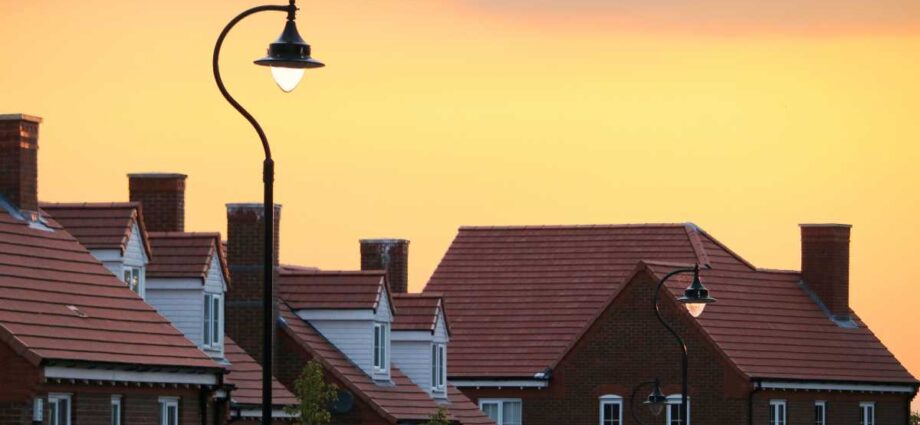Timber roof trusses are manufactured by a roof truss fabricator and delivered to your building site. A lot of work goes into the process before the trusses can be manufactured and in this article we will discuss the main steps taken up to the delivery process.
Design and Quote
The first step is to take your drawings to a roof truss fabricator to get a quote. They use an engineered program to produce a quote, which is based on the drawings they receive from you. The following information, which is indicated on the drawing by your architect, is critical for this process to be done correctly:
- Roof Shape and Section – the shape of the roof can be seen on the elevation and roof plan view. The sections show the roof truss shape and type. Conventional trusses are most often used, however sometimes when a higher ceiling level is required, or even a room in the roof type design this can be seen on the sections. When having raised ceilings, sometimes the roof trusses are left exposed and a more detailed design is required. It is very important that this information is passed on to the fabricator, because this has a huge impact on the cost of the trusses.
- Roof Pitch and Roof Cover – this will be in the detailed notes section or next to the sections of the building. If no roof pitch or roof cover is noted on the plan you will have to tell the estimator what this will be. The roof cover especially plays a big role in the design process and will impact your quote if the wrong roof cover is used. Unfortunately, to change the roof cover once a design is complete is not that easy and the estimator would have to start the whole process from scratch.
- Roof Overhang – in many cases we have seen this not being indicated on the drawing… and in many cases the roof overhang has been changed from the time the drawings are complete to the time the building has started.
Site Visit and Design
Before the final design can be done for the production, final site dimensions need to be taken to make sure the building has been built according to the drawings. If the building is not built according to the plan it might result in the roof trusses not fitting correctly. Once the final dimensions have been taken the estimator/designer can proceed with the design to produce job cards for the factory. The factory will assemble the trusses according to the design. A quality controller will also be present to inspect the trusses before they are delivered to your building site. This process is extremely important, because the correct timber size and grade needs to be used as well as the position of the connector plates is very important. if any of this is not correct it might lead to structural failure on site and the roof might collapse because of this.
Installation and Inspection
Once the trusses have been delivered to site they can be installed by a roof installer or roofing contractor. They will install the trusses in accordance with the roof plan received from the truss fabricator. truss position, holding down detail, bracing details and much more will be on the roof plan. Your installer needs to follow this very carefully, because once the roof has been installed it must be signed off by an inspector. It is his responsibility to make sure the the structure has been installed correctly and that all instructions from the fabricator were followed. Failure to do so means your installer will have to come back to your site, fix the issues and you might be charged for a second site inspection.
Only once the structure has been signed off may you go ahead and fit the roof covering. If roof covering is installed on an unsafe structure it can cause many problems. In my 20 plus years in this business I’ve seen roof covering been removed in order to fix the structure underneath.
We hope this article will help you to have a better understanding of the process. If you are looking for a roof truss fabricator or roofing contractor visit the Roofing Directory to find a supplier near you.


Comments are closed, but trackbacks and pingbacks are open.